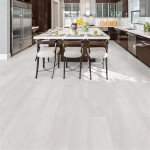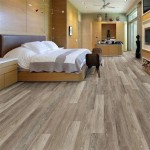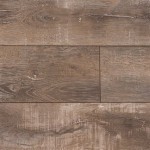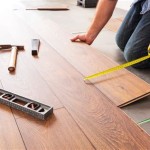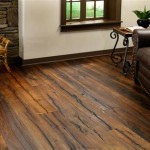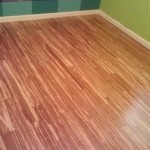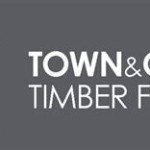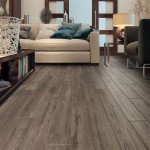Bamboo Flooring Designs: Essential Aspects to Consider
Bamboo flooring has gained immense popularity in recent years due to its durability, sustainability, and aesthetic appeal. Whether you're remodeling your home or simply upgrading your flooring, understanding the essential aspects of bamboo flooring designs can help you make an informed decision.
1. Species and Texture
Bamboo flooring is crafted from different species of bamboo, primarily Moso and Strand-Woven. Moso bamboo is known for its dense and durable nature, while Strand-Woven bamboo is composed of shredded bamboo fibers, resulting in a more flexible and less expensive option. The texture of bamboo flooring ranges from smooth to distressed, so you can choose a finish that complements your interior design style.
2. Color and Grain
Bamboo flooring comes in a variety of colors, from natural light hues to rich, dark tones. The natural grain of bamboo adds a unique touch to your space, and the color can be altered through staining or heat treatment. Lighter colors provide a spacious and airy feel, while darker shades evoke warmth and sophistication.
3. Plank Size and Pattern
The size and pattern of bamboo planks play a significant role in the overall appearance of your floor. Narrow planks (under 4 inches wide) create a classic and elegant look, while wider planks (over 6 inches wide) add a more contemporary and spacious feel. Plank patterns can include straight, staggered, or herringbone, each offering its own distinct aesthetic.
4. Finish and Sheen
The finish of bamboo flooring enhances its durability and appearance. Urethane finishes protect the floor from scratches and wear, while oil finishes penetrate the bamboo fibers to enhance its natural grain. You can choose from a range of sheen levels, from matte to high-gloss, to complement your desired ambiance. Matte finishes provide a subtle and understated look, while high-gloss finishes reflect light, creating a more glamorous effect.
5. Sustainability and Durability
Bamboo is a highly sustainable flooring material as it grows rapidly and can be harvested without harming the environment. Its durability makes it suitable for high-traffic areas, including kitchens, living rooms, and hallways. Bamboo flooring is also moisture-resistant and less prone to expansion and contraction compared to hardwood flooring.
Conclusion
Choosing the right bamboo flooring design involves considering the species, texture, color, plank size and pattern, finish, and sheen. By understanding these essential aspects, you can create a beautiful and functional bamboo floor that complements your home's style and enhances its value.

35 Bamboo Flooring Ideas With Pros And Cons Digsdigs

Bamboo Floors For Portland Macadams Floor And Design

Bamboo Flooring Guide Bamboozle Perth

Bamboo S Cxf Design Center

Pros And Cons Of Bamboo Flooring

Bamboo S Cxf Design Center

What To Know About Bamboo Floors

Wooden Bamboo Flooring Ideas For Your Home

Bamboo Flooring Everything You Need To Know Beautiful Homes

Bamboo Flooring
Related Posts

